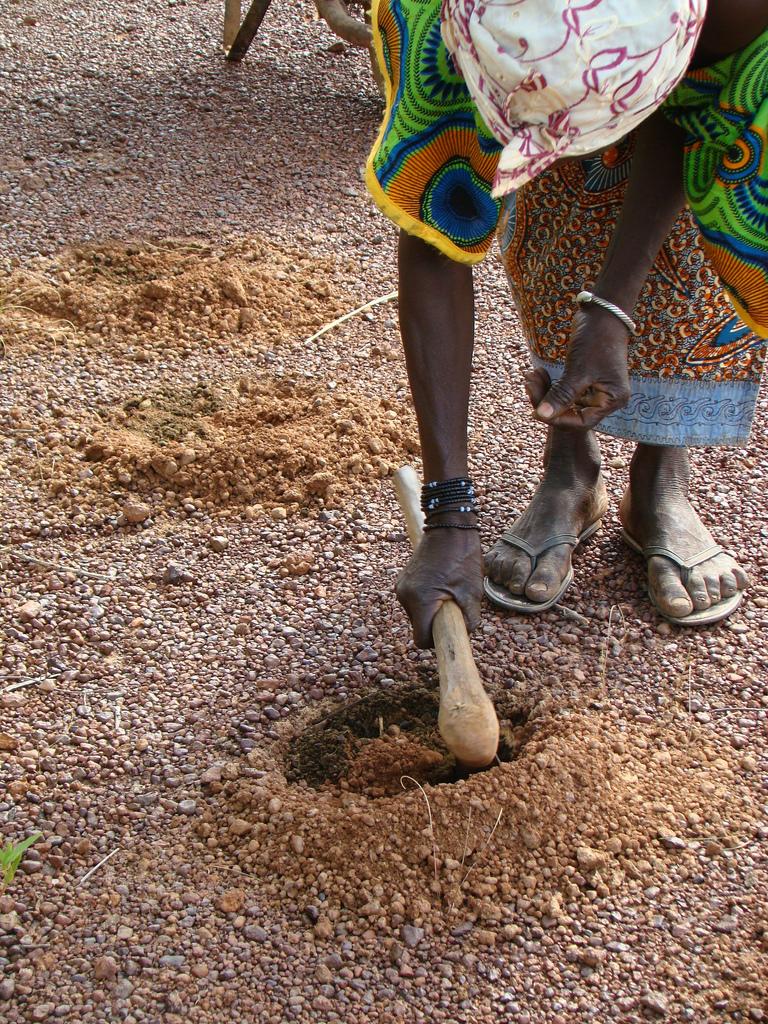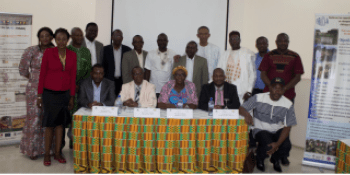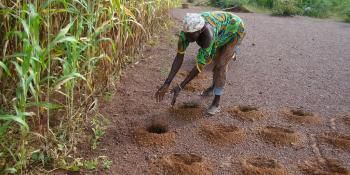As climate change heats up, West Africa seeks solutions

The weather in many parts of West Africa has a special element of capriciousness—strong sun followed by hard rains and sometimes fierce storms, followed by more strong sun.
Droughts are commonplace, and afterwards the soil is baked solid, impervious to rain and seeds alike.
As difficult as farming has been, lately it has been getting worse. Longer dry seasons. Stronger rainstorms. We have tolerated the weather for generations, but the change is becoming too drastic as our climate shifts.
As for today, farmers have no idea whether 2014 will bring another crisis like the dry spell of 2012, or whether the slightly more moderate weather of 2013 will continue.
Those of us watching saw irony in how industrialized countries competed to outdo each other in providing funds and humanitarian aid
West Africa does not hold the monopoly on unpredictable weather. We see it everywhere.
From cyclones and typhoons in the Pacific, polar ice melting, hurricanes in the Atlantic, drought and tornadoes in the U.S.—almost everyone, it seems, has to adapt. But West Africa, especially the Sahel, is known as one of the climate hotspots worldwide and merits special mention.
Delegates from all over the world gathered for two weeks in Warsaw towards the end of 2013 to discuss how to reduce greenhouse gas emissions so that climate change will not be so severe.
They have been negotiating a global agreement for years now, one that would limit the environmental impacts that humans induce, and to determine what if anything can be done to help impoverished regions adapt to the new climates.
The negotiators failed once again; the answer from Warsaw seems to be that nothing immediate can be done.
While a vague agreement on the parameters for the next round of negotiations was reached, there was no real progress achieved on climate change adaptation despite an obvious and ever-increasing need. And in agriculture, we saw no movement at all.
200 million trees
But fortunately in Niger, the farmers and policymakers are not sitting idly and waiting for global consensus. They, and many other developing countries who will be most impacted by the effects of climate change—especially on farming—are making impressive changes to prepare for an uncertain future.
Nigeriens, for example, have been adapting by regrowing trees whose stumps lay dormant in the soil—trees that had been previously cleared for farmland. This process is known as farmer-managed natural regeneration (FMNR).
Adding trees alongside the crops provides shelter from the elements, augments the amount of organic matter and nitrogen in the soil, adds fruit and firewood to a farmer's yields, and even raises groundwater levels.
The technique has spread by word of mouth throughout the country over the past  three decades, and analysts estimate that farmers in Niger have grown 200 million trees and rehabilitated five million hectares of degraded land.
three decades, and analysts estimate that farmers in Niger have grown 200 million trees and rehabilitated five million hectares of degraded land.
Farmers in Niger are also working to harvest the rainfall that reaches their land.
Small stone walls 20 to 30cm tall—known as bunds—helps slow down the runoff from farm fields so that the sun-hardened ground can absorb more. The bunds also prevent soil and silt from washing away.
Zai pits (as seen in the photo) is shallow bowls dug into the ground and filled with compost or manure—also help capture the rain and channel it into the soil.
This piece was originally published by The Africa Report
Photo: M. Tall (CCAFS)
Robert Zougmoré is the West Africa Regional Program Leader for the CGIAR Research Program on Climate Change, Agriculture and Food Security.



